中外流行手势详解
http://en.jybest.cn 2007-11-21 大 中 小
特别提醒:科学填报志愿比取得好成绩更加重要。考试结束了,尽快估分选大学、确定志愿吧。请点击这里,帮你解决!
This is mainly a matter of how we use our hands to convey a message. We'll show you some gestures commonly seen in China or some other countries.
下图的这些手势在中国是常见的,你知道这些手语的含义吗?
|
图例 |
含义 |
说明 |
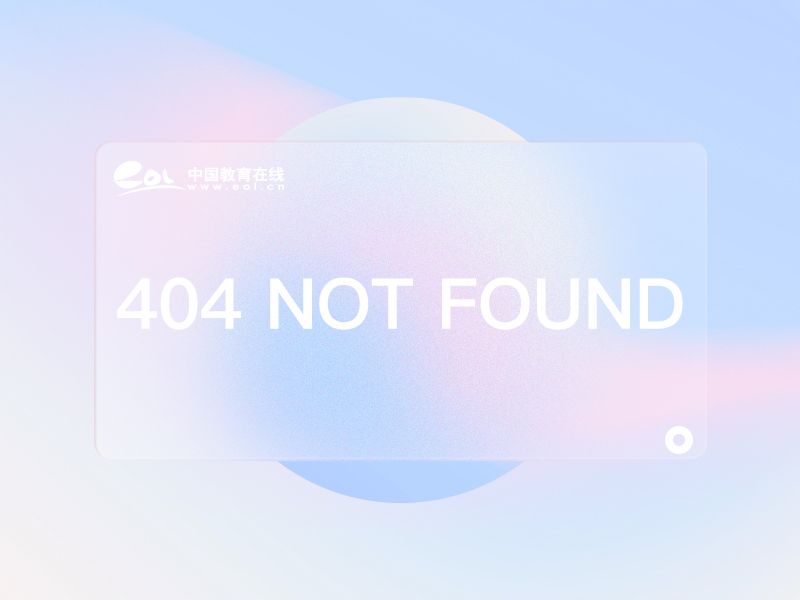 |
showing respect | When we offer something to someone, we often use both hands to show respect. 我们递给别人东西的时候,双手奉上的手语代表尊重对方的意思。 |
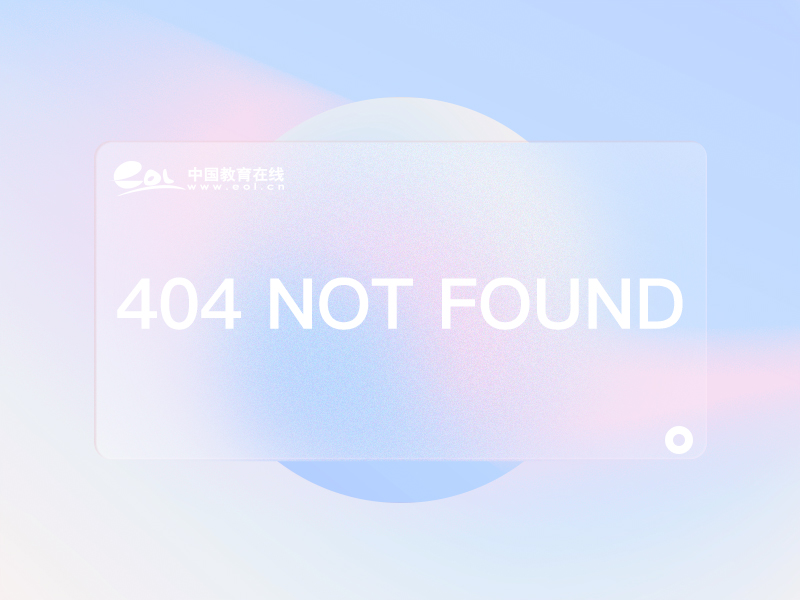 |
showing affection | Patting a child's head shows affection, yet we seldom pat the head of a teenager or adult. This is because it may displease the teenager or the adult, as they may resent being treated like a child. Patting the head, in Britain or America, also means giving comfort, consolation or encouragement, and is occasionally used between close friends. However, in India, Sri Lanka and Thailand, patting a child on the head would be shocking and offensive because the head is believed to be the seat of the soul. 在中国,拍小孩子的脑袋是爱抚的表现,而拍大人脑袋则容易让对方误会你把他当成了小孩子。在英美,拍脑袋也是一种表达关爱,鼓励的举动。然而,在印度、巴基斯坦、印度等国家,拍脑袋则被当作一种攻击性行为。 |
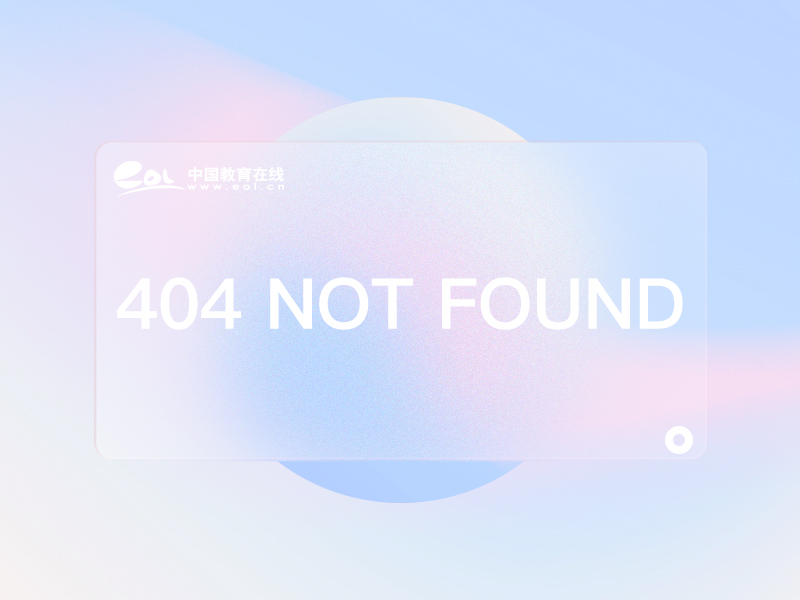 |
Thank you. | When we accept something, we also take it with both hands to express respect or thanks. So in this figure the person puts both hands upright, palms open, beside the cup when it is being refilled by his host. He is saying 'Thank you' non-verbally. 我们接受别人递来的东西时,双手去接同样是尊重对方的表现,同时也是在用这种肢体语言说“谢谢”。 |
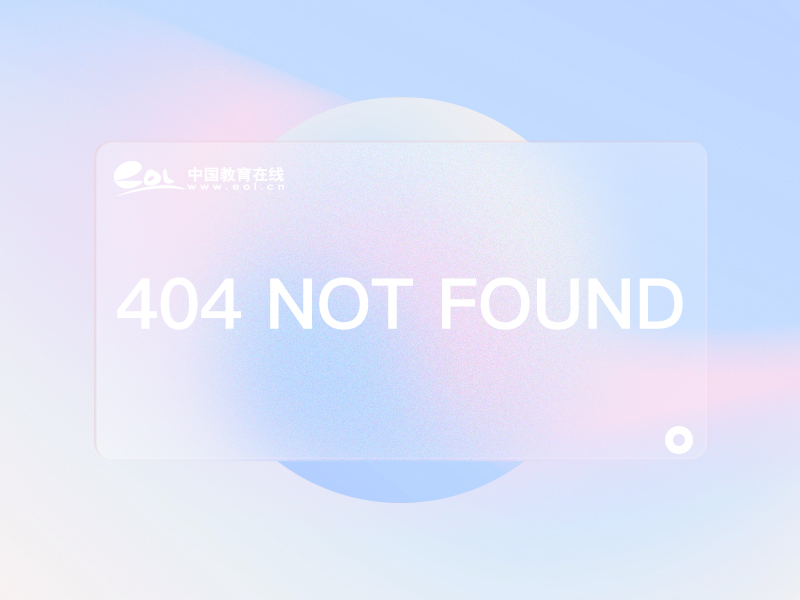 |
Shame on you! (semi-joking) |
When we want to say 'Shame on you' non-verbally, we extend one finger and touch our own face with the tip of the forefinger several times quickly.有点开玩笑性质的刮羞。 |
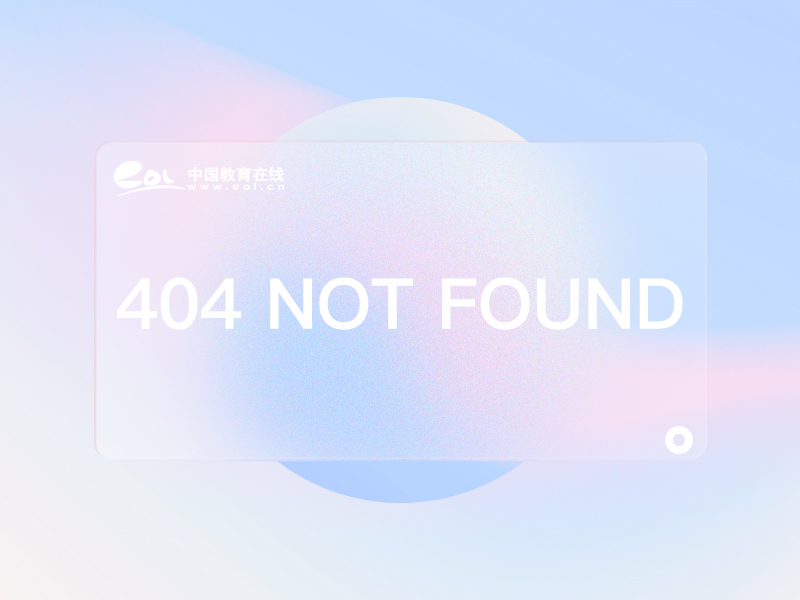 |
It's me. I'm the one. | When someone (especially a child or a teenager) touches or points to the tip of his own nose with raised forefinger ), he is showing he is the person who did something, or who wants to do something, etc. 当某人尤其是小孩子用食指指着自己鼻尖的时候,手语的含义是:就是我啊。这事是我做的啦。 |
让我们再来看几个在中国不常见,但在国外却可能十分流行的手势。
|
图例 |
命名 |
含义 |
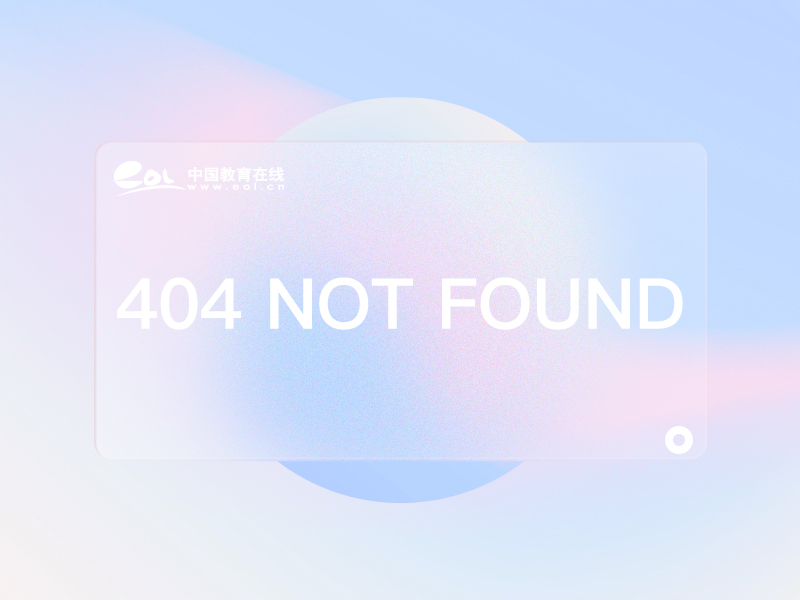 |
the ring gesture | In America it means OK. It's great!. |
| In Japan it means money. | ||
| In France it means zero or worthless. | ||
| In Tunisia it means I'll kill you! | ||
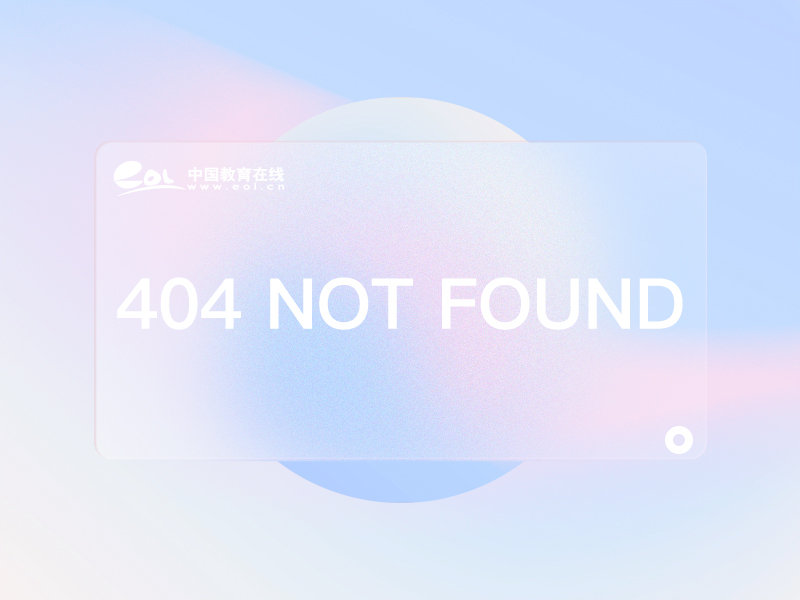 |
the single finger beckon | In America it simply means 'Come here'. |
| In Yugoslavia and Malaysia it is only used for beckoning animals. | ||
| In Indonesia and Australia it is used for beckoning prostitutes, i.e. 'ladies of the night'. | ||
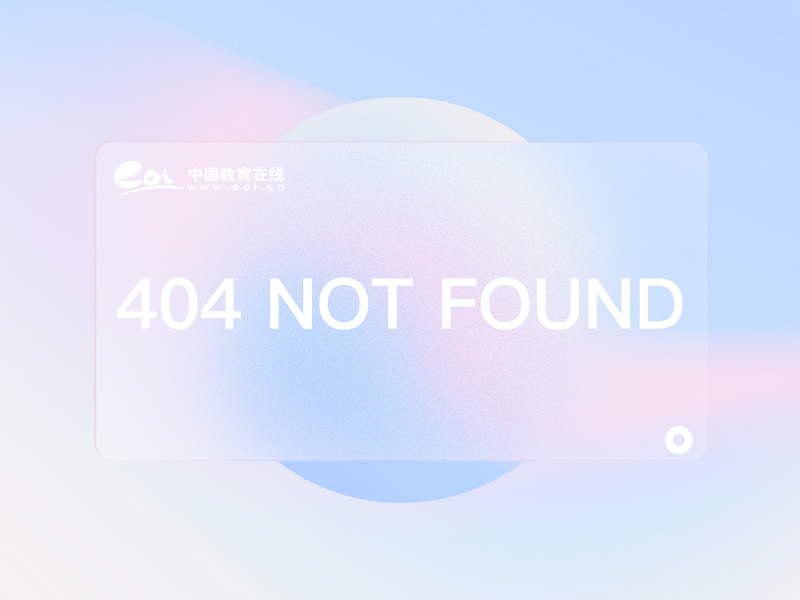 |
the thumbs-up sign | In Britain it means OK and is also used as a sign for hitch-hiking. |
| In Greece, however, it is an insult. | ||
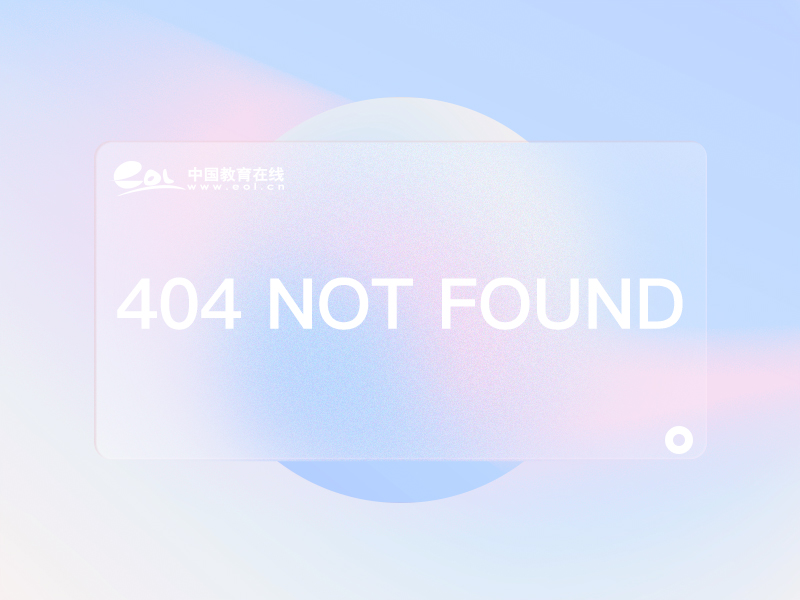 |
the ear-tug | In Spain it means someone is a sponger, i.e. using other people's money and never spending his own. (Called a 'sponger' because he soaks up other people's money like a sponge soaks up water.) |
| In Greece it is a warning. | ||
| In Italy it is used to call someone a homosexual. | ||
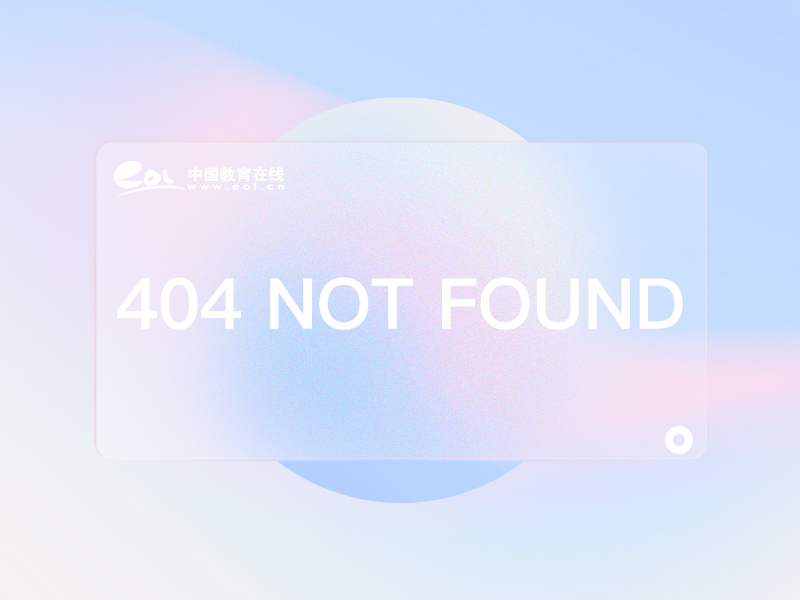 |
the eyelid-pull | In France and Greece it means 'You can't fool me!' |
| In Spain and Italy it means that you should be alert. | ||
| To a South American it means he finds a woman very attractive. |
来源:北外网院

考试培训小助手

本科留学qq:436560382

研究生留学qq:437946603
免责声明:
① 凡本站注明“稿件来源:中国教育在线”的所有文字、图片和音视频稿件,版权均属本网所有,任何媒体、网站或个人未经本网协议授权不得转载、链接、转贴或以其他方式复制发表。已经本站协议授权的媒体、网站,在下载使用时必须注明“稿件来源:中国教育在线”,违者本站将依法追究责任。
② 本站注明稿件来源为其他媒体的文/图等稿件均为转载稿,本站转载出于非商业性的教育和科研之目的,并不意味着赞同其观点或证实其内容的真实性。如转载稿涉及版权等问题,请作者在两周内速来电或来函联系。